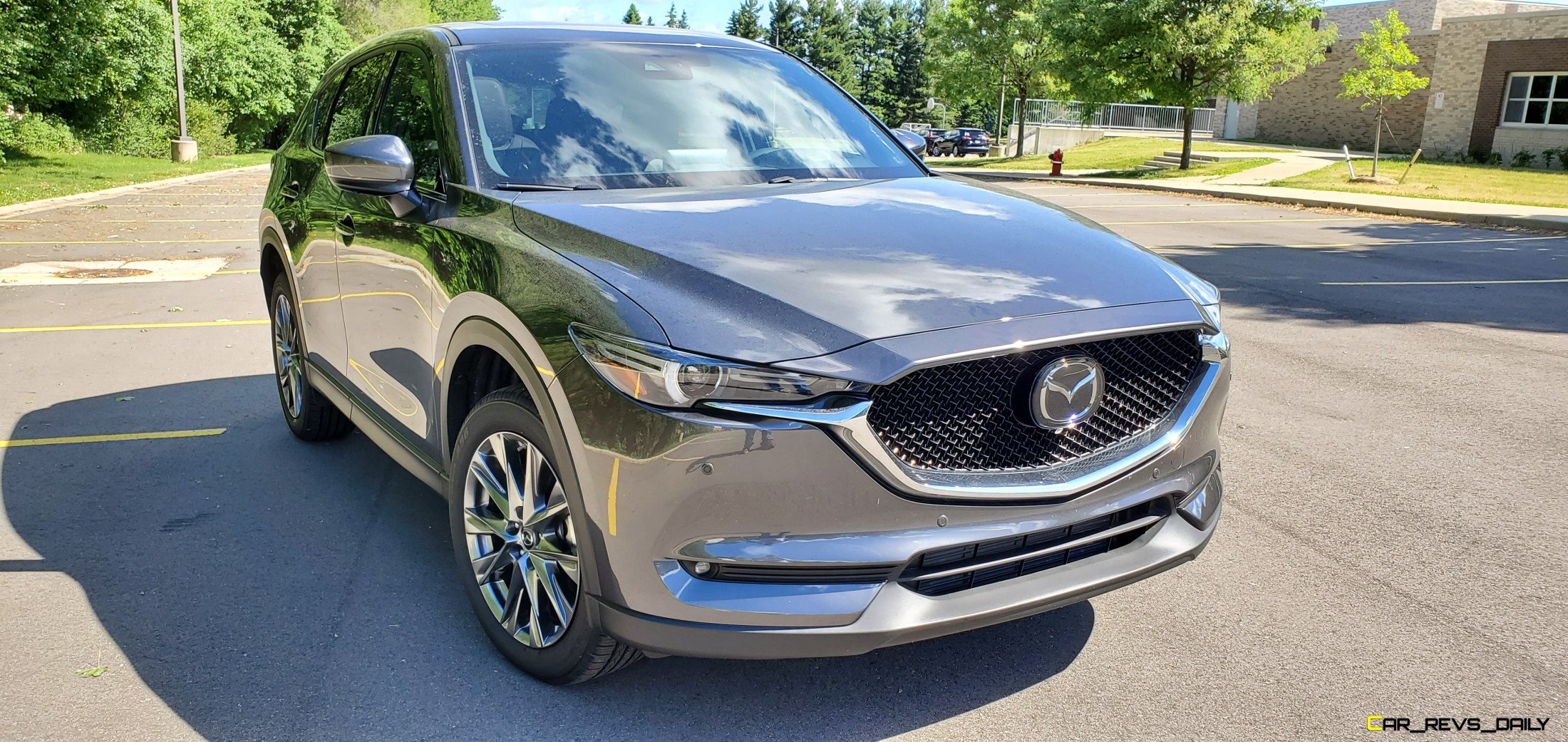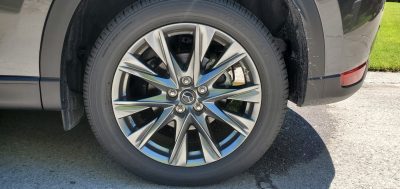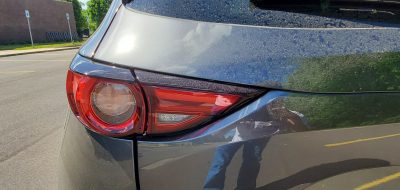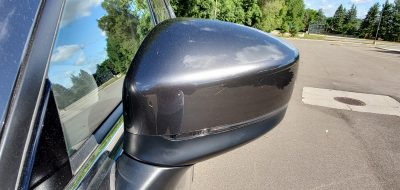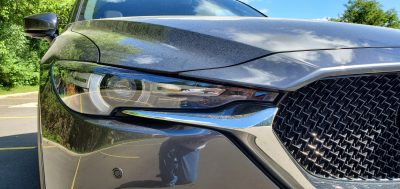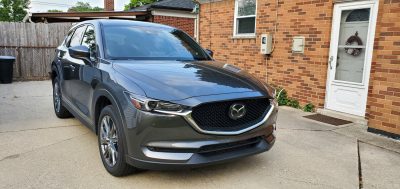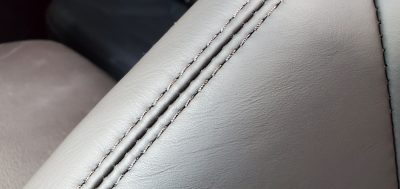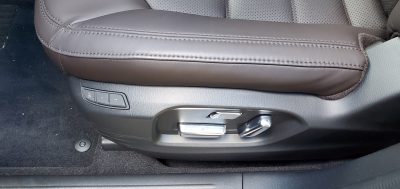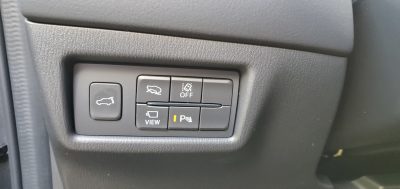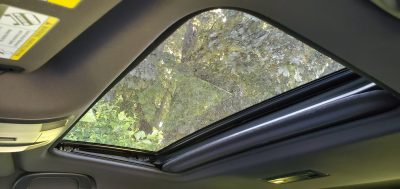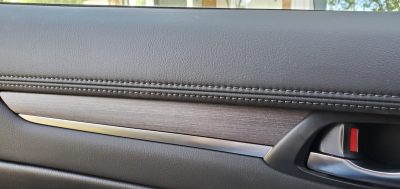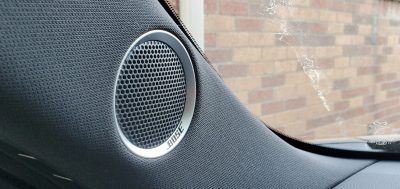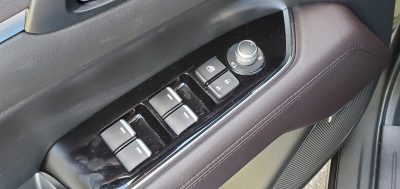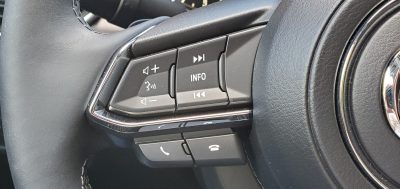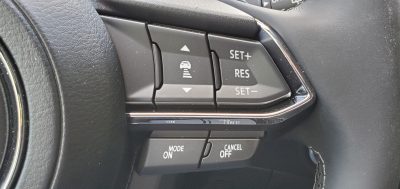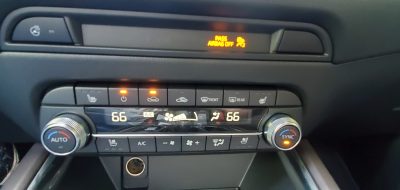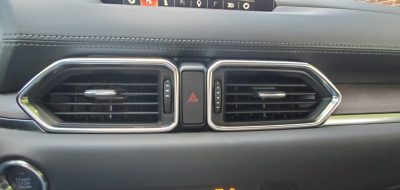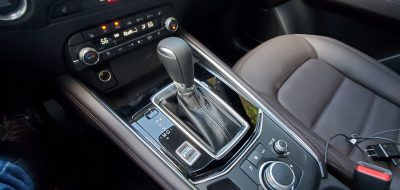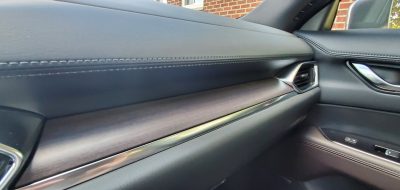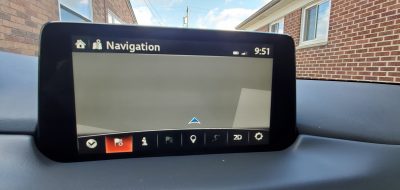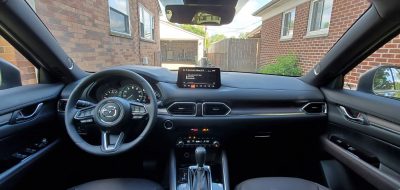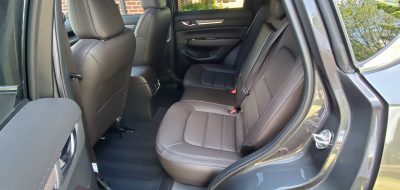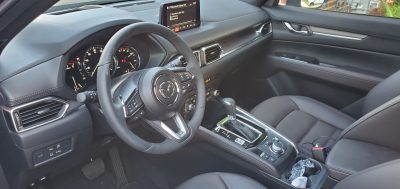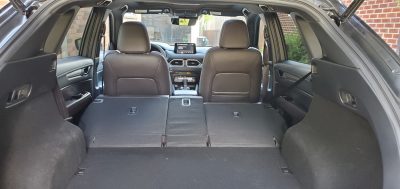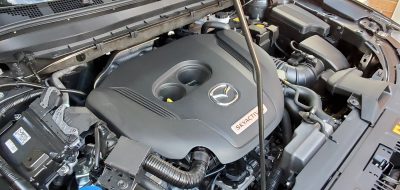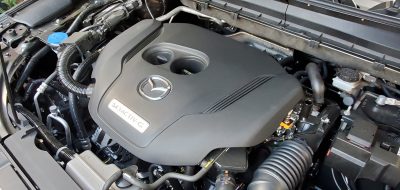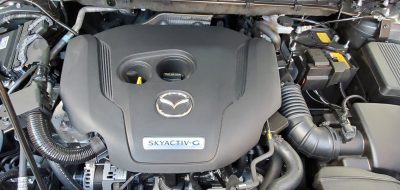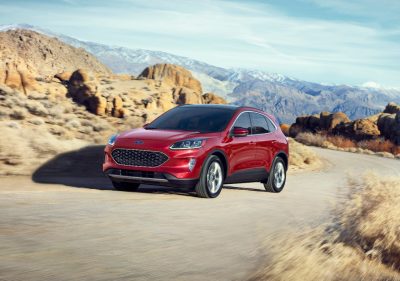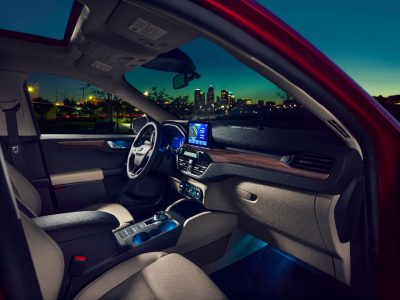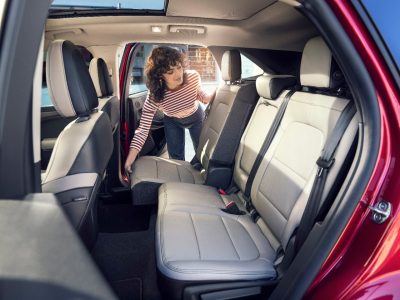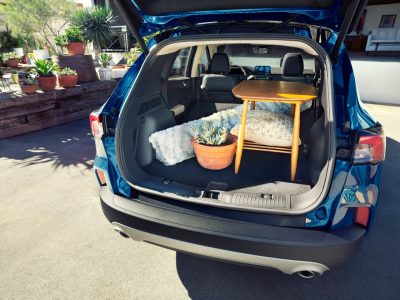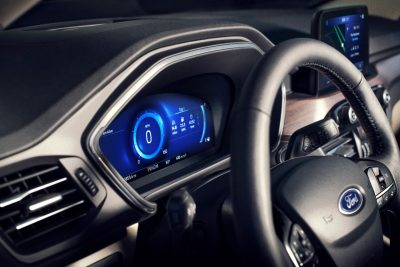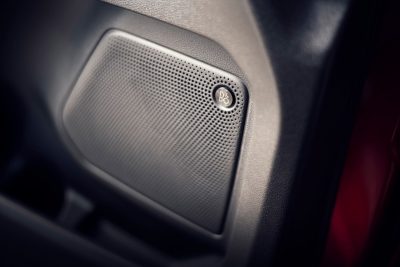Shopping for an SUV these days can be a very difficult endeavor for many buyers. There are a wide range of models, trims, and other items all vying to try and get your hard earned dollars when it comes time to sign on the dotted line. While the ongoing COVID-19 pandemic has certainly put a crimp on new vehicle sales across the board, many of the local dealerships we visited in Metro Detroit have reported steady SUV and CUV sales. We decided to compare the 2020 Mazda CX-5 Signature and the 2020 Ford Escape Titanium to see how they would measure up in a battle against each other.
2020 Mazda CX-5 Signature:
In the red corner, we have the 2020 Mazda CX-5 Signature which has been lightly updated for the 2020 model year. The Signature replaces the Grand Touring Reserve model as the range topper of the family. and brings a number of luxury touches to the CX-5. The exterior does not change that much from the 2019 model, with the CX-5 Signature only bringing some minor badge and trim changes to make it stand out more from its lesser siblings. The core design itself still manages to remain intact which is a good thing since that sensuous canvas is arguably a very potent selling point for the sporty Mazda. When viewed against many of its rivals, the Mazda does manage to have more of a distinctive personality versus others like the Chevrolet Equinox, Toyota RAV4 and the Nissan Rogue which prefer to embrace a more functional suit of clothes.
But the interior is arguably where the Signature really punches home for buyers. The cabin embraces high quality materials, with a strong emphasis on functionally aggressive design. Newcomers to the CX-5’s higher trims (like our Signature tester) will be forgiven if they thought they were transported into a BMW or Mercedes product before they catch sight of the Mazda badges (it’s that good folks.) Real wood and metal trim is also used, and the front seats do a good job of delivering good amounts of head and leg room. The second row is slightly on the tight side, but buyers will still be pleasantly surprised with the comfort that’s on hand. The strong emphasis on room and comfort does require the CX-5 to pay a price in cargo room, with the rear area lagging behind some rivals in this regard. Thankfully, more nooks and crannies have been added to help the CX-5 better accommodate smart phones and other mobile devices.
Performance for Signature models like our example comes from a 2.5 liter turbocharged four cylinder engine which is good for 250 horsepower and 320 lb-ft of torque. The extra torque on hand is noticeable, with the engine proving to be a commendable dance partner when our tester was tasked with the rigors of the daily commute or even the occasional piece of winding tarmac. This engine also sees duty in the bigger CX-9, and like that model, the engine loses some of its luster out on the freeway. the good lump of low end torque transitions to flakier amounts of it higher up in the rev band, and that does cause the CX-5 to fall behind a bit in lane changes. The engine also has an unpleasant drone at speed which can be partially remedied by the Bose premium audio system.
2020 Ford Escape Titanium:
When the 2020 Ford Escape appeared on the scene, it was a very welcome blast of fresh air into showrooms. The 2019 model that it replaced was aging, and it was falling behind key rivals in the segment. The 2020 model brings fresh styling to the model, and from some angles, it does remind us of a Porsche Macan especially at the front, with the front grille helping to cement this subtle form of mimicry. Ford claims that the styling is actually based off of the Europe only Ford Focus, and that helps the canvas mesh well with the Escape’s underpinnings. The 2020 model is slightly longer, wider, and lower than the outgoing model, but when viewed against the Mazda, the Escape does not quite match the stylish playfulness that the Mazda exudes so well. This is evident in how unbalanced the Escape looks, with the bland rear end not meshing well with the front and side profile of the SUV.
The interior though is where the gap really widens between the two. The Escape does boast improved amounts of space, with Ford reps claiming that it can now fit four full-size golf bags in the area behind the rear seats. The seats themselves now slide back on a six inch track, and even recline for good measure. The rear accommodations also play a role in greatly expanding cargo room. In its default setting, the seats allow the Escape to match the outgoing model’s 34 cubic feet, however, move them all the way forward, and that space grows to 38 cubic feet (slightly more than the Mazda.) The optional 8.0 inch touchscreen is also ergonomically sound, and comes loaded to the brim with technology. This allows it to be on par with rivals, and does allow the SYNC 3 operated system to take a step ahead of Mazda’s infotainment unit which is not a touch unit, and still requires buyers ton use a control knob to access various menus. The leather trimmed front seats offer good amounts of room and comfort, though the sunroof can make space for taller occupants a bit tight.
However, look past the strong showings in technology and space, and the Escape also serves as a prominent example of how materials can play a big role in creating or destroying an identity. Unlike the Mazda which pretty much serves as the benchmark for interior design these days, the Escape completely misses the mark when it comes to basic materials. Even the top tier Titanium model has mediocre materials, and the hard chintzy door panels are completely out of place in a trim that starts at just under $40,000 before options and fees. That’s a shame, since the cabin of this iteration of Escape is otherwise a very noticeable improvement from the outgoing model when you look at some of the finer details.
Performance for the Titanium comes from a 2,0 liter turbocharged four cylinder which matches the 250 horsepower offered by the Mazda, though torque does ring in at 280 lb-ft of torque ( just short of the Mazda’s 325 lb-ft.) The engine is mated to an eight speed automatic, and the 2.0 liter is the way to go if you want to make the Escape on par with the Mazda in terms of muscle. The Escape’s 3,731 lb curb weight works well with the engine, and allows the Escape to make the sprint to 60 mph in 5.7 seconds (a tick ahead of the Mazda.) The Titanium is also available as a fuel sipping Hybrid model, but to help keep things fair, we chose to only focus on its pure gasoline powered cousin in this consumer comparision.
Pricing and the Final Verdict:
Both models bring their own unique blend of styling, technology, performance, versatility, and capability to buyers. Ultimately, pricing will serve as the make it or break it item in this regard, and the Escape does have a slight edge over the Signature, with the $36,435 base price being just under the Signature’s $37,155. This advantage also extends to fully loaded models, with the Escape still having a slight edge on the Mazda in this regard. However, the Signature swings back by offering buyers an interior that is far superior to the Escape’s, and more expressive styling for the money, especially when paired with certain colors.
It’s in that regard that we would ultimately recommend the Mazda CX-5 Signature. While the Escape does bring an impressive suite of technology, performance, and versatility to the fray, its interior quality, and design cohesion fall far short, especially in a price range where those things are far more paramount.

Carl Malek has been an automotive journalist for over 10 years. First starting out as a freelance photographer before making the transition to writing during college, his work has appeared on numerous automotive forums as well as websites such as Autoshopper.com.
Carl is also a big fan of British vehicles with the bulk of his devotion going to the Morgan Motor Company as well as offerings from Lotus, MG, and Caterham. When he is not writing about automobiles, Carl enjoys spending time with his family and friends in the Metro Detroit area, as well as spending time with his adorable pets.

